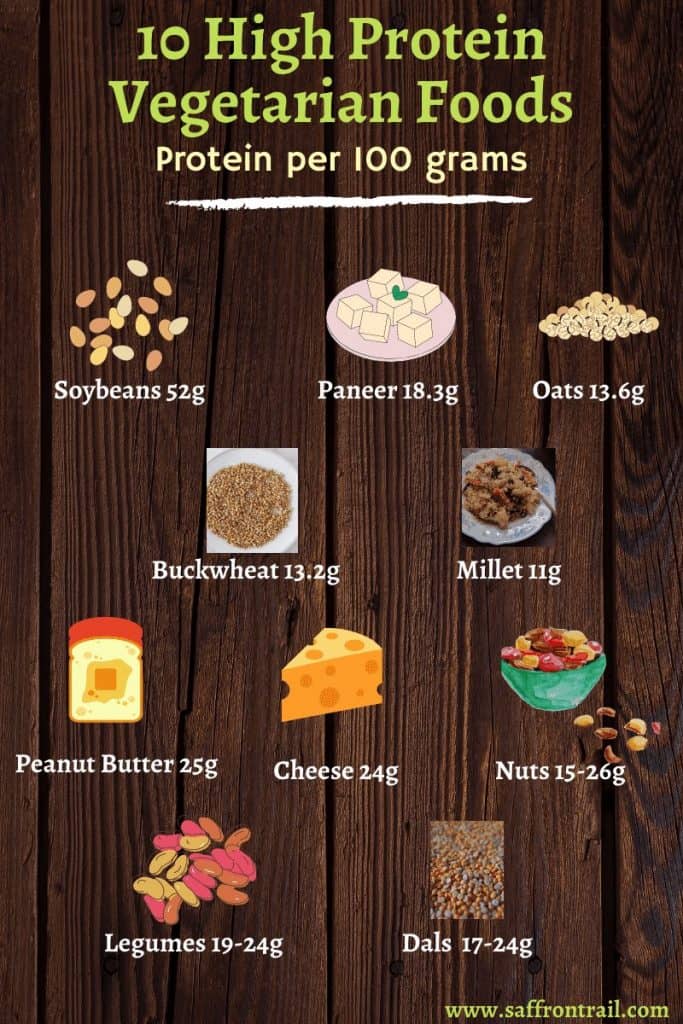Research peptides are reshaping the way laboratories probe biology, offering precise tools for mapping receptors, modulating signaling, and validating therapeutic hypotheses. As the toolkit expands, investigators increasingly prioritize High purity peptides, rigorous documentation, and consistent synthesis to accelerate reproducibility and translational insights.
The fundamentals of modern peptide science
Peptides are short chains of amino acids that can mimic, block, or fine-tune biological pathways. Their modularity allows researchers to design constructs that answer focused questions with high specificity.
What are research peptides used for
- Target validation and pathway interrogation in cell and animal models
- Biomarker discovery and assay development
- Structure–activity relationship mapping for lead optimization
- Drug delivery and conjugation research (e.g., peptide–drug or peptide–nanoparticle systems)
- Diagnostic probe development for imaging and biosensing
Across these applications, labeling and documentation standards—such as batch-specific COAs, impurity profiles, and solvent/lyophilization details—help ensure Research use only materials are deployed correctly and ethically.
Quality signals: from purity to provenance
Choosing High purity peptides is not merely a specification; it’s a safeguard against confounders. Consider:
- Analytical rigor: HPLC and mass spectrometry that quantify purity and confirm identity
- Consistent manufacturing: controlled synthesis, validated protocols, and meticulous documentation
- Formulation clarity: salt form, counter-ions, and excipients listed explicitly
- Stability knowledge: data on lyophilized stability and reconstitution behavior
Researchers also assess supplier transparency, responsiveness, and batch-to-batch consistency—critical attributes whether sourcing from a general Peptide shop/store or a specialized provider.
Peptide landscape: emerging names and translational momentum
Recent attention around molecules such as Retatrutide and Tirzepatide illustrates how peptide and peptide-inspired agents can modulate complex metabolic pathways. While these agents follow stringent clinical and regulatory pathways, their mechanistic underpinnings continue to inform preclinical peptide design, including receptor selectivity, half-life extension strategies, and multi-agonist frameworks.
Regional vantage point: Peptides in Los Angeles
The ecosystem for Peptides in Los Angeles reflects a convergence of academic research hubs, biotech startups, and translational consortia. This density fosters rapid iteration—from bench optimization to preclinical validation—while sustaining demand for dependable synthesis partners capable of expedited timelines and custom modifications.
How to choose the right partner
- Technical depth: expertise with complex sequences, PTMs, and conjugations
- Traceability: robust documentation and batch traceability
- Responsiveness: consultative support for sequence design, solubility, and formulation
- Ethics and compliance: clear labeling and adherence to Research use only frameworks
For teams seeking a personalized, high-touch experience aligned with a Luxury peptide brand ethos, a Boutique peptide supplier can offer tailored guidance, premium-grade materials, and agile fulfillment.
Best practices for handling and storage
- Storage: keep lyophilized vials cold and dry; minimize freeze–thaw cycles after reconstitution
- Solubility: select compatible solvents/buffers; avoid extreme pH unless validated
- Aliquoting: divide into single-use aliquots to preserve integrity
- Documentation: record lot numbers, concentrations, and preparation dates for reproducibility
FAQs
Are research peptides intended for human use?
No. They are designated for Research use only and not for diagnostic or therapeutic applications.
What purity should I target for critical experiments?
For most mechanistic studies, ≥95% is common. Highly sensitive or regulatory-pathway work may warrant even higher specifications, alongside rigorous identity confirmation.
How do I improve peptide solubility?
Consider salt form selection, incremental solvent addition, gentle warming, or pH adjustment within the stability window. Validate that any approach does not alter activity or integrity.
What documentation should accompany a peptide order?
Certificate of Analysis, HPLC/MS data, net peptide content, counter-ion information, and storage/reconstitution guidelines are standard inclusions for quality assurance.
As peptide science advances, success hinges on pairing sophisticated experimental designs with reliable materials and partners—ensuring that every variable, from synthesis to storage, supports clear, reproducible data.

